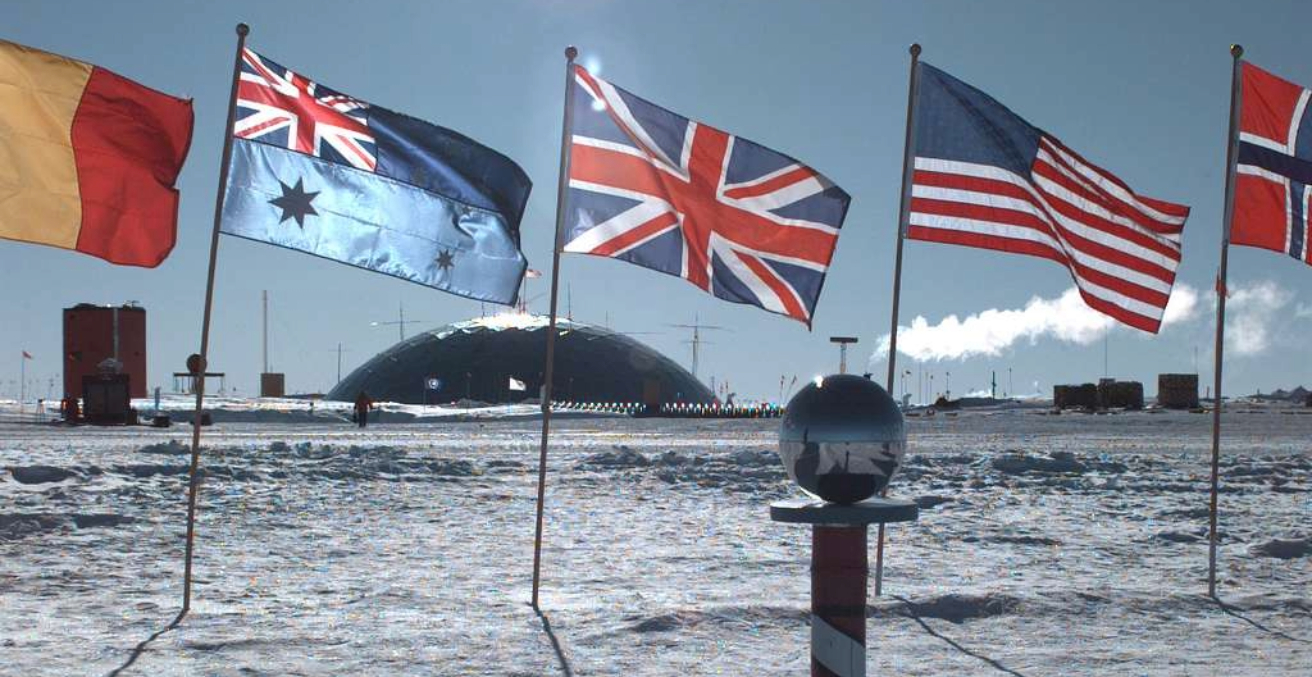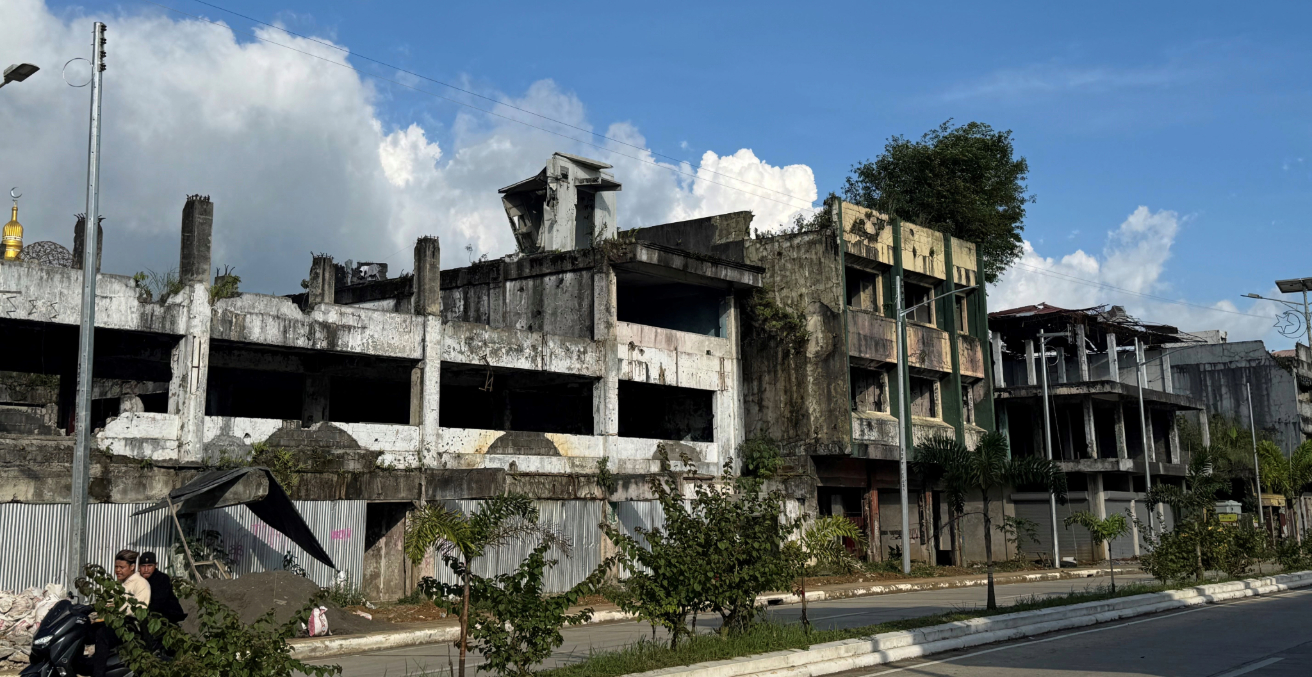US-Pakistan relations have always been difficult and became particularly prickly at the height of the war in neighbouring Afghanistan. Washington needs to rebuild the trust if it doesn’t want to see Pakistan drift completely into Beijing’s orbit.
In Pakistan, it is said that since independence in 1947, the country has been obsessed with the three A’s – army, America, and Allah. However, one should really add another A to that list: Afghanistan. Needless to say, if India started with an A it would also be on the list. Shuja Nawaz’s latest book, The Battle for Pakistan: The bitter US friendship and a tough neighbourhood, discusses Pakistan’s management of these four A’s, focussing on the ten-year period (2008-2018) following the end of the nine-year regime of the fourth army man to rule Pakistan, General Pervez Musharraf. As Nawaz indicates, this book is a continuation of his much-acclaimed previous book, Crossed Swords: Pakistan, its army and the wars within.
Shuja Nawaz, a distinguished fellow at the Washington-based Atlantic Council and founder of its South Asia Center, is undoubtedly superbly qualified to write a book about the US-Pakistan bilateral relationship. I should declare here my past professional association with Shuja, who brought me into the Atlantic Council as a non-resident Senior Fellow in 2014. Given his professional and personal background, Nawaz is highly regarded in both Washington and Islamabad, and this is why this book is such a valuable contribution to better understanding this critical 70-year-old bilateral relationship.
Based on frank, first-hand interviews of some of the major players in the period covered in the book, Nawaz has painted a picture of a ten-year codependency relationship which was at best lukewarm and at worst, downright hostile. While this book principally covers the recent history of the relationship, it’s critical to understand the early years of their interaction to make sense of the difficulties further down the road. In a nutshell, Pakistan, as opposed to India, which was a leader of the non-aligned movement, decided to join the Western alliance in the early 1950s. Islamabad decided to go with the US-led camp as insurance against a possible attack from bigger and better-armed India. But the US entered the relationship because it saw Pakistan as another valuable pawn on the Cold War chessboard. Notwithstanding veiled promises, it’s clear that Washington never had any intention to come to Pakistan’s rescue if India attacked Pakistan. On the contrary, during the 1962 Sino-India war, the US provided arms to India, even though it had told Pakistan it wouldn’t do so. During the 1965 Indo-Pakistan War, Washington stopped all arms to both India and Pakistan. But given Islamabad’s higher dependence on American weapons, Pakistan suffered the most.
It is these diametrically different expectations of the relationship over the years which eventually led to so much bad blood between the two countries down the road, or to what Secretary of State Hillary Clinton referred to as “trust deficit.” These early disappointments also led Pakistan to gradually drift into China’s orbit, into what is now a tight and comprehensive strategic and military relationship. This is where I have my only real qualm with this book. It would have been useful to have had a section highlighting some of the fissures in the bilateral relationship over the years to better understand why by the time Barack Obama came to the White House, relations between Islamabad and Washington were not tracking well. As it stands, the reader is expected to have a good knowledge of the history of this stormy relationship.
The ten-year bilateral relationship covered in Nawaz’s book goes through a very difficult patch, and it hits many lows, the fallout of the American raid of Osama Bin Laden’s lair being undoubtedly the lowest. Whilst the Pakistanis apparently helped the US track the Al Qaeda leader to his hideout in Pakistan in 2011, the Americans didn’t trust the Pakistanis sufficiently to seek their assistance in the deadly raid. As far as the Obama administration was concerned, the fact that Bin Laden had been hiding in Abbottabad, only a stone-throw away from Pakistan’s military academy, confirmed the duplicitous nature of the Pakistani regime. According to an interview Nawaz conducted with General Ashfaq Parvez Kayani, the chief of Army Staff at the time of the raid, the Pakistan authorities emphatically rejected any suggestion that they had any knowledge as to where Bin Laden was hiding. As a matter of fact, quite incredulously, they stressed that all contacts with militants had ceased after 9/11, assertions that the Americans absolutely did not believe.
Another major irritant in the bilateral relationship in the period covered in the book was Afghanistan. At the time of the West’s military surge into Afghanistan in 2001, yet again a general was in charge of Pakistan and once again Pakistan would be playing a major “frontline” role in the evolution of the war. However, there were also big differences from 1979. This time, the Americans were the “bad” guys and the erstwhile militants who had helped them defeat the Soviets were now their enemy. And the big problem was that many of these militants, including the Taliban, al Qaeda, and other fellow ideological travellers, had fled the Western military onslaught and were hiding in Pakistan’s rugged and inaccessible tribal areas along the border with Afghanistan. From their hideouts in Pakistan, the militants would cross back into Afghanistan attack coalition forces, including Australian troops, then return to their safe havens. The Americans wanted this to stop. Accordingly, Washington put massive pressure on Pakistan’s army to hunt down these militants without differentiating between “good” and “bad” Taliban. President Obama also dramatically increased—to great military effect—the use of drones to kill militants hiding in Pakistan’s tribal areas. But these drone strikes were also probably the single most important factor in feeding the rampant popular anti-Americanism. However, many politicians and generals welcomed the elimination of high-value Taliban leaders, a point which Nawaz could perhaps have made more evident.
The fact is that the Pakistan army and the often-forgotten Frontier Corps did pursue these militants, but at a great cost. Pakistan has lost more soldiers than the combined total of Coalition and American casualties in Afghanistan. A fundamental reason for this is that the Pakistan army was trained and armed for conventional warfare (read: to fight India), not for conducting counterinsurgency operations at home. Kayani set about transforming the Army, thus recognising that the growing insurgency at home—an indirect fallout of the war in Afghanistan—was a bigger threat to Pakistan than India. Nevertheless, according to Nawaz, the Pakistan army is still not sufficiently mobile and is too reliant on tactical nuclear weapons for defence.
Nawaz makes a number of credible recommendations to permanently set US-Pakistan relations on a firmer footing. He stresses the need for the US to develop a long-term Pakistan strategy that is not a sub-set of Washington’s India or Afghanistan strategies. Pakistan leaders, both military and civilians, must feel respected and valued in their own right, not simply as enablers for a broader American strategy for the region. This includes ensuring that Pakistan has a greater input in the development and implementation of US economic and military projects. Americans need to put themselves in the shoes of Pakistani leaders so as to better understand the difficult security dilemmas the country faces daily. As the world’s fifth most populous country in a particularly sensitive geostrategic neighbourhood, Pakistan is too important a country for Washington to let it drift completely into China’s orbit. It’s also not in Islamabad’s interest to put all its eggs in one security basket. This is why building up the US-Pakistan bilateral relationship based on trust is of critical importance. And the sooner this is achieved, the better.
This is a review of Shuja Nawaz, The Battle for Pakistan: The bitter US friendship and a tough neighbourhood (Rowman & Littlefield, 2020) ISBN: 9781538142042
Dr Claude Rakisits is an Honorary Associate Professor at the Asia-Pacific College of Diplomacy at the Australian National University. He tweets @ClaudeRakisits. His publications can be assessed on his website: www.Geopolitical-Assessments.com
This article is published under a Creative Commons Licence and may be republished with attribution.




